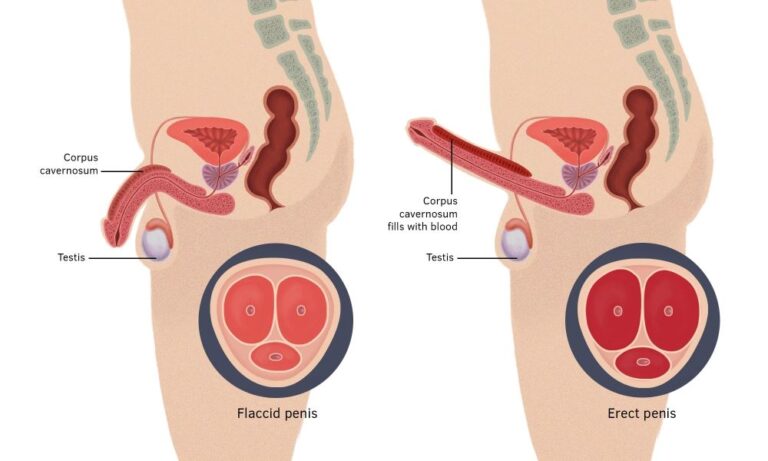
Importance Of Proper Breastfeeding Positions
Breastfeeding is a beautiful and natural way to bond with and nourish your newborn, but finding the correct positions can be challenging for many new mothers. Proper positioning is critical to achieving a comfortable and practical latch, which is crucial for both the mother’s and baby’s well-being. A good latch ensures efficient milk extraction, prevents common issues like sore nipples or mastitis, and supports optimal milk production and healthy weight gain in the baby. Improper latching, however, can lead to pain, frustration, and even early weaning. Physical therapy can play a vital role by addressing posture, muscle tension, and range of motion to help mothers find comfortable, influential breastfeeding positions, making the process easier and more successful.
Common Challenges With Breastfeeding Positions
Breastfeeding positions can be influenced by various factors, including the mother’s physical traits, the baby’s size and development, and any underlying medical conditions or injuries. A physical therapist for your children can help ensure recovery and restore optimal functionality and well-being. Common challenges include shoulder and neck tension, often stemming from poor posture, making it difficult to position the baby comfortably. Mothers may also experience a limited range of motion in their shoulders, arms, or back, affecting their maneuverability. According to the OB/GYN at Walpole, breast shape and size can impact the latch, with more extensive or uniquely shaped breasts requiring specific techniques. Additionally, postpartum changes, such as weakened abdominal muscles or pelvic floor issues, can complicate the maintenance of a comfortable feeding posture. Infant positioning is also critical, as conditions like torticollis or reflux may necessitate specialized positions for successful latching.
How Physical Therapy Can Help Improve Breastfeeding Positions
Physical therapists help mothers overcome physical challenges in breastfeeding by addressing posture, muscle tension, and mobility issues. They use manual therapy and exercises to improve comfort and positioning, enhancing the breastfeeding experience. Therapists also guide baby positioning, suggesting alternative holds like the football or laid-back position to ensure a better latch and overall success.
Techniques And Exercises Recommended By Physical Therapists
Physical therapists use various techniques to help improve breastfeeding positions and ensure a better latch. They offer postural correction exercises to strengthen the core and stabilize the shoulders, while soft tissue and joint mobilization ease tension and enhance flexibility in the neck, shoulders, and upper back. Strengthening exercises target muscles essential for maintaining a stable posture, and stretching improves flexibility for greater comfort. Additionally, physical therapists may incorporate relaxation techniques to reduce stress, enhancing the breastfeeding experience for both mother and baby.
Benefits Of Seeking Help From A Physical Therapist
Working with a physical therapist offers new mothers significant benefits that can improve their breastfeeding experience. Physical therapy helps reduce pain and discomfort in areas like the shoulders, neck, and back while addressing sore nipples. It also aids in achieving a better latch and boosting milk supply in optimal breastfeeding positions. With professional guidance, mothers gain confidence and feel more empowered to overcome physical challenges, reducing the risk of complications like mastitis and nipple trauma. Ultimately, this support encourages longer breastfeeding duration and fosters a stronger bond between mother and baby through enhanced comfort and success.
Tips For Latching With Ease
Achieving a comfortable and practical latch is essential for successful breastfeeding. To help ensure you’re relaxed, use a nursing pillow or props for support. Optimal breastfeeding positions, like the cradle hold, cross-cradle hold, or football hold, can be beneficial for mothers with larger breasts or positioning challenges. Supporting your breast with your hand can guide the baby to latch correctly, and encouraging a wide latch with lips flanged out ensures a deep, effective connection. Be patient as latching takes practice, and don’t hesitate to adjust your position or the baby’s as needed. Maintaining your well-being by staying hydrated and nourished also supports successful breastfeeding.
Common Misconceptions About Breastfeeding Positions
Achieving a comfortable and practical latch is essential for successful breastfeeding. To help, ensure you’re in a relaxed position, using a nursing pillow or props for support, and try positions like the football hold, which can be helpful for mothers with larger breasts or positioning challenges. Supporting your breast with your hand can guide the baby to latch correctly, and encouraging a wide latch with lips flanged out ensures a deep, effective connection. Be patient as latching takes practice, and don’t hesitate to adjust your position or the baby’s as needed. Maintaining your well-being by staying hydrated and nourished also supports successful breastfeeding.
Resources For Finding A Qualified Physical Therapist
If you’re a new mother struggling with breastfeeding positions and seeking a physical therapist’s support, several resources can help you find a qualified professional. Start by asking your healthcare provider, such as your obstetrician or pediatrician, for recommendations. Local breastfeeding support groups and lactation consultants may refer you to experienced physical therapists. Online directories, like the American Physical Therapy Association (APTA) and International Lactation Consultant Association (ILCA), list specialists in postpartum care. Look for therapists who focus on pelvic health, as they often address breastfeeding-related physical challenges. If in-person options are limited, telehealth services can offer remote guidance. Choose a therapist with expertise in postpartum care to create a personalized treatment plan that meets your breastfeeding needs.
Conclusion
Breastfeeding is a beautiful and natural process, but many new mothers find it challenging to achieve comfortable and effective latching. This is where physical therapy can significantly help. By leveraging the expertise of physical therapists, mothers can address physical barriers to successful breastfeeding. Through specialized interventions like postural correction, soft tissue mobilization, and targeted exercises, physical therapists guide mothers to discover the most comfortable positions, enhancing their overall experience. Seeking support from a qualified therapist can reduce pain, improve latch and milk supply, increase confidence, and lower the risk of complications. If you’re struggling with breastfeeding positions, don’t hesitate to consult a physical therapist for guidance. With the proper support, you can enjoy a fulfilling breastfeeding journey, providing your baby with the nourishment and bonding they need to thrive.






